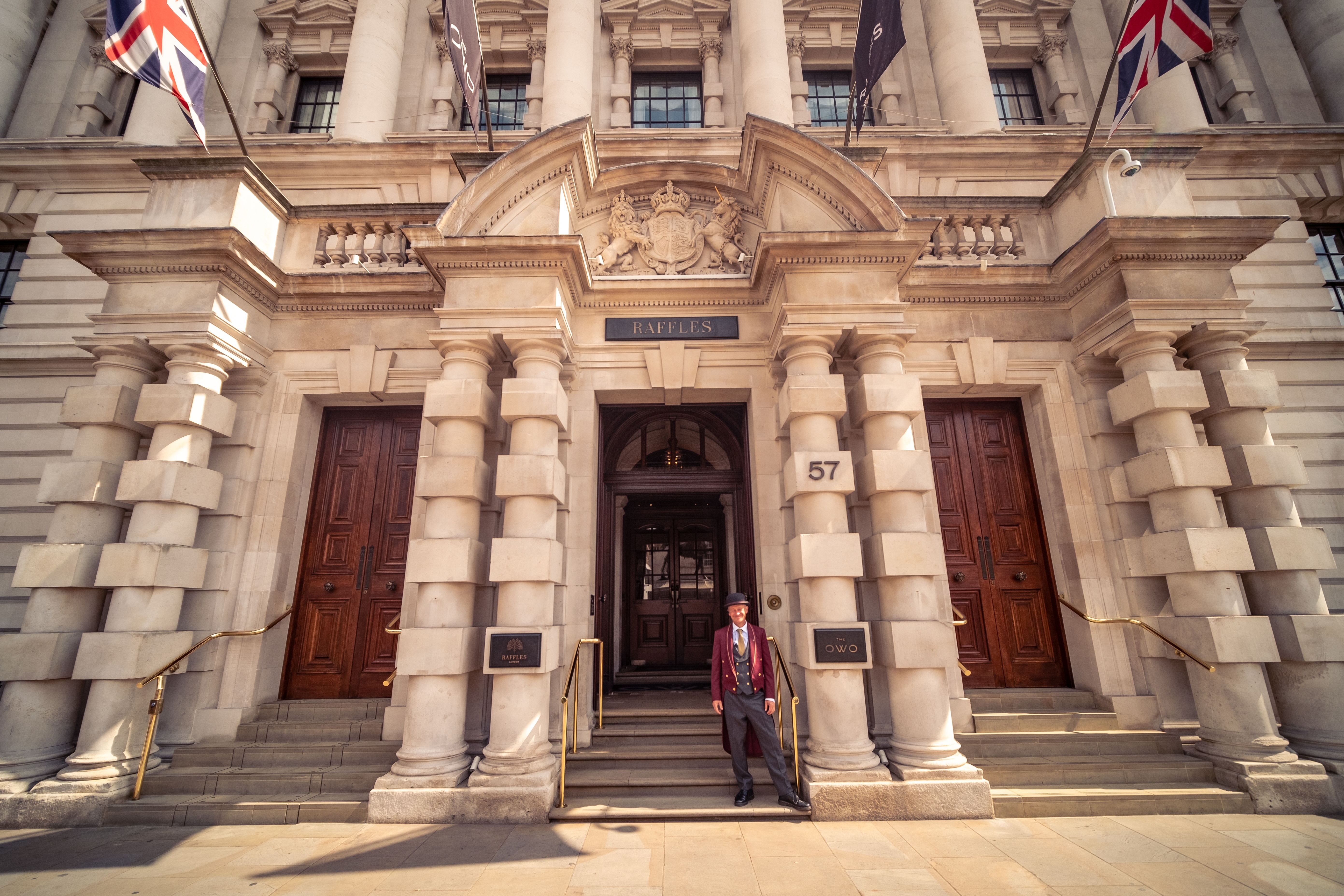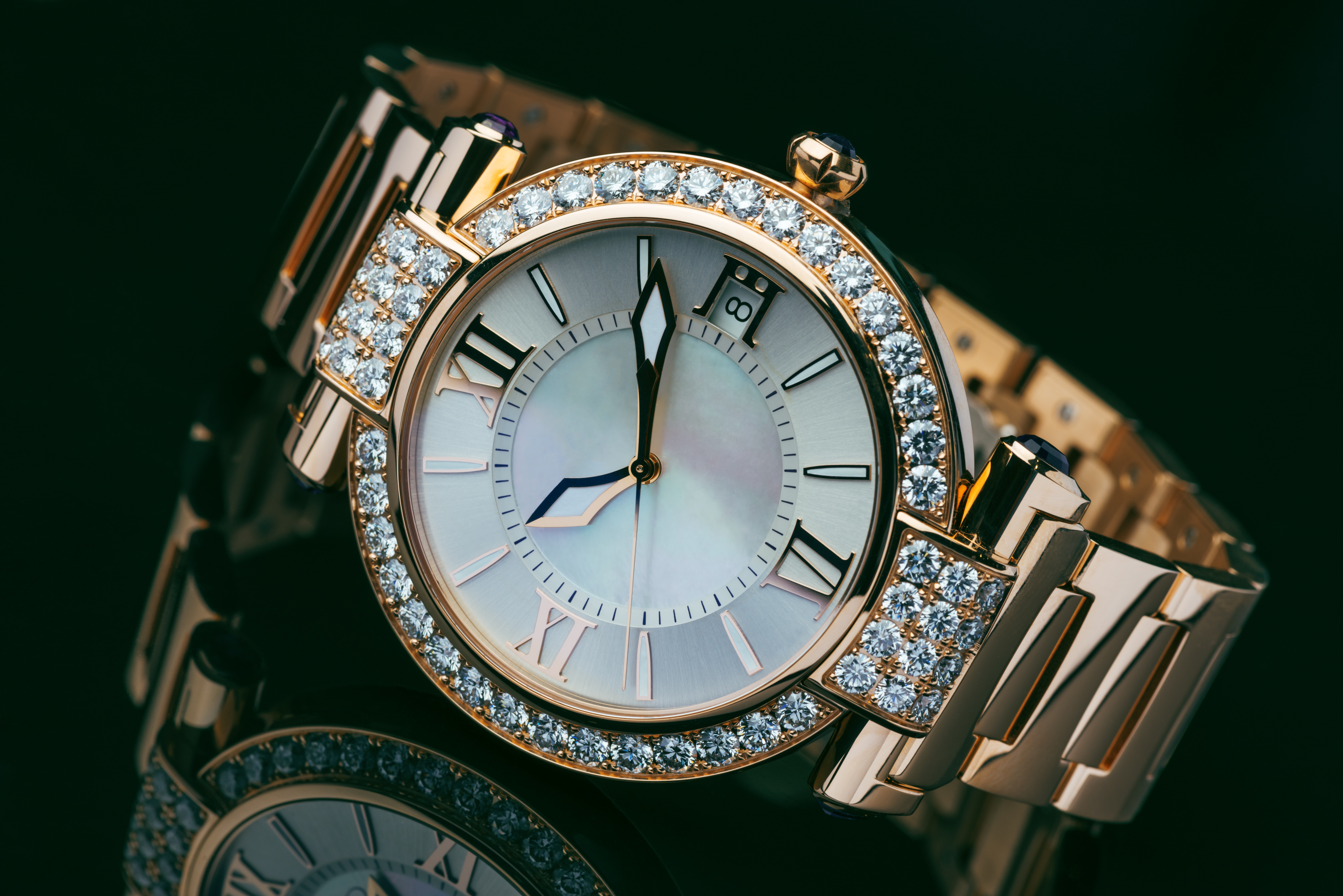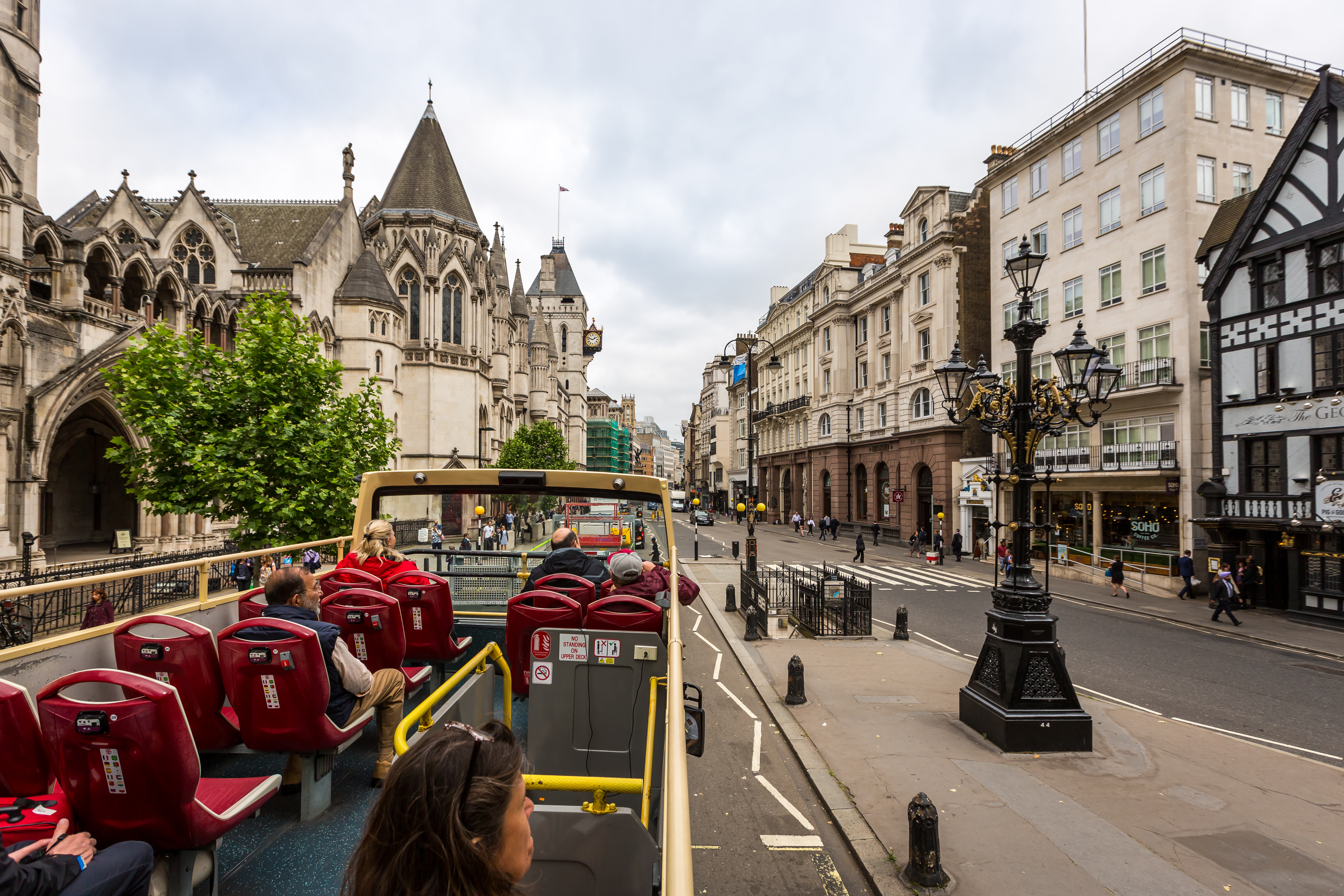From Royal Gardens to Hidden Gems: The Best Parks in London
London is defined by its royal parks and evergreen gardens, shaped by centuries of historical events, cultural movements, and governmental policies. From Roman times, its green spaces have nurtured a sense of community, and in the mediaeval eras, royal houses cultivated expansive pleasure gardens for hunting, gardening, and leisure. As the city evolved into an industrial landscape in the centuries that followed, the growing desire for fresh air and open spaces spurred the creation of more public parks, transforming London into the verdant metropolis we know today.
It is no wonder then that the city’s identity is so strongly tied to these woodlands. Read on to discover the best parks in London.

Regent’s Park and Primrose Hill
Occupying 410 acres of northwest London, Regent’s Park blooms with natural bounties and mortal innovation. Home to the world's oldest scientific zoo and the world’s oldest outdoor theatre, every nook and cranny of Regent's Park is full of lore.
This park was acquired by the crown after the dissolution of the Catholic monasteries during the reign of Henry VIII in the 1500s. In the 1810s, George IV went on to transform the vast forestland into a landscaped pleasure garden. Beautifully framed by palatial townhouses, the park is home to the Royal Botanic Society’s Inner Circle, which is an enclave of lawns and a lake. It is also the site of Queen Mary's Gardens and its esteemed bed of roses.
The crown jewel of Regent’s Park, however, is Primrose Hill – a viewing point that presents an all-embracing view of London. Originally a wolf-populated forest, it steadily transformed into delightful meadows with splendid spring flowers.
Also Read: Autumn Day Trips From London
Hampstead Heath
Spanning 790 acres, Hampstead Heath is one of London’s oldest parks. It runs from Hampstead to Highgate, encompassing old woodlands, ponds, and groves. Unbridled, hilly, and forested, Hampstead Heath is a paragon of the city’s natural beauty.
As London’s highest park, the Heath is one of the city’s most beloved viewing points. Its quiet wilderness has offered solace to many weary city dwellers over the years, with its lush walking trails, parks, and sequestered woodlands. It also hosts vital historical landmarks, such as the Athlone House, a Victorian structure; the Kenwood Estate and House dating to the 17th century; and sundry royal ponds.
Hampstead Heath’s biggest attraction, however, is the Parliament Hill Fields, situated in the far south of the park. It comprises the Parliament Hill Lido, tennis courts, running tracks, and other sporting avenues. The heath’s pinnacle, Kite Hill, is located here. With breathtaking views of central London, Canary Wharf’s skyscrapers, and the dome of St. Paul’s Cathedral, this hill is a haven for wanderlusts and kite flying enthusiasts.
Also Read: Best Galleries in London
Richmond Park
Richmond Park is an ancient green pulsing with historic life. Its undulating hills are home to herds of deer, flocks of rare birds, and treasured foliage, making this park a homestead for countless nature lovers. It is the largest of London’s eight royal parks and is a designated Site of Special Scientific Interest and a Special Area of Conservation. It is also a Grade-I listed site, which means it is a site of immense natural and historical significance.
Richmond was built as a deer park by Charles I in the 17th century, and began to expand over the years with plantations and hunting grounds. King Henry’s Mound, a prehistoric burial chamber from the Bronze Age, is a popular viewing point that presents a visual spectacle stretching from St. Paul’s Cathedral to the Thames Valley. The Victorian-era Isabella Plantation’s bewitching beauty can be attributed to its glimmering ponds and evergreen azaleas.
The Park is also dotted with many listed architectural landmarks, such as White Lodge, a former royal residence, and the Pembroke Lodge, home of former Prime Minister Lord John Russell. As a vital aristocratic and royal institution, Richmond Park was at the centre of both the world wars as well as the 1948 and 2012 Olympics.
Also Read: Coffee Shops in London
Kensington Gardens
A vital part of London’s royal postcode, Kensington Gardens is one of London’s eight royal parks. It forms the heart of Kensington Palace – the residence of the Prince and Princess of Wales. The 265-acre garden is now open to the public.
Kensington Gardens is part of London’s “green lung,” a stretch of parks running through the heart of the city. The embodiment of horticultural couture, the garden is a lush tapestry woven with floral walks, wildlife-ridden woodlands, cherry tree avenues, fields of magnolias, and sparkling ponds.
World-renowned historical landmarks can be found in Kensington Gardens, such as the Albert Memorial – a structure commissioned by Queen Victoria in memory of her late husband Prince Albert. It is also home to the staggering Italian Gardens, and the Diana Princess of Wales Memorial Playground for children.
Kensington Gardens’ beauty has sparked countless pieces of poetry and prose, the most beloved one being “Peter Pan in Kensington Gardens,” the famously disarming tale of a boy who didn’t want to grow up.
Also Read: Best Brunch in London
Holland Park
Situated in the city’s most expensive locale, this relatively compact 55-acre park is a charming nature retreat in Kensington.
Holland Park was once the estate of Henry Fox, first Baron Holland and former British Paymaster of the Forces. The Holland House, now in ruins, was a gorgeous Jacobean structure nestled in a luxuriant garden. The estate was destroyed during World War II, and most of Holland Park underwent extensive renovations.
Today, Holland Park is a serene public park, brimming with rejuvenating life. The Japanese Kyoto Gardens, a manmade wonderland with waterfalls, lotuses, and babbling brooks, is undoubtedly Holland Park’s most popular attraction. The emerald-green pastures are dotted with peacocks, ornaments, and fountains.
Also Read: Best Ice Rinks London
St. James Park
St. James Park is the most prestigious royal park, having been graced by royal weddings, military parades, and monarchical influence. Bounded by three historic palaces, the most famous royal balcony in the world, and two wildlife sanctuaries, St. James Park is a destination in its own right.
St. James Park was once a marshy wasteland littered with pigs and a dilapidated hospital. In the 1500s, King James I drained the land, manicured parts of the field, and crafted the Rosamond's Pond. More elements were added by him and his successors, such as the islands and the ponds in the far east end of the park (these islands are now the park’s iconic wildlife sanctuaries). King James also introduced his exotic birds and animals to the park, including crocodiles and elephants.
Driven by a love for French gardens, King Charles II later refashioned much of the park with French landscaper André Mollet. One of the biggest additions was a tree-bordered half-mile canal. This nook was used by King Charles II to meet guests and close friends.
At St. James Park, you can expect sweeping vistas of Buckingham Palace, pelicans, and promenades – it is indeed London’s very own enchanting paradise.
London, a true city of dreams, is nothing without its parks. They are deeply intertwined with the city’s identity, as a custodian of history and as a means of community. From the natural wonders of Richmond and the regal elegance of Kensington Gardens, these are the best parks in London.



